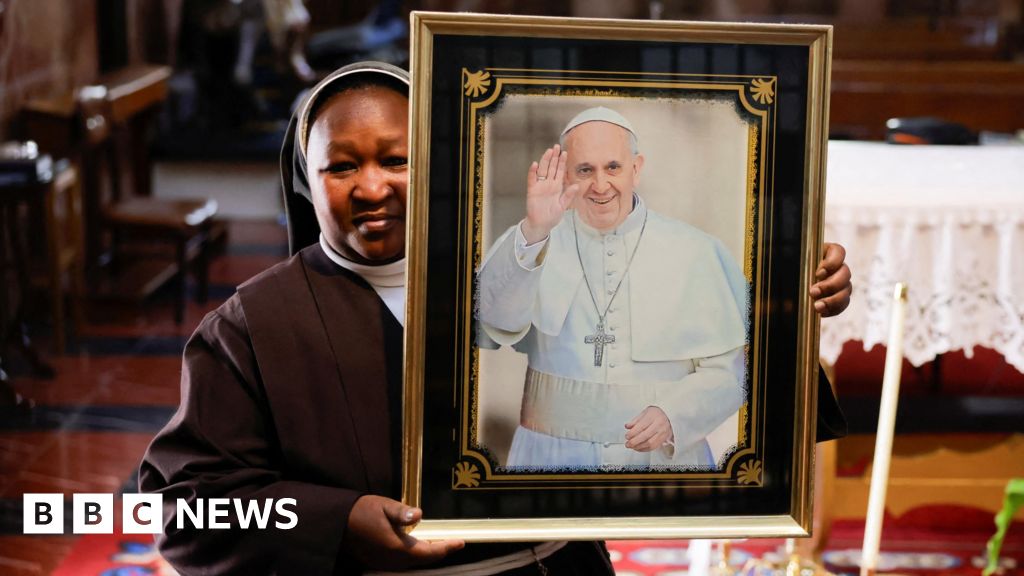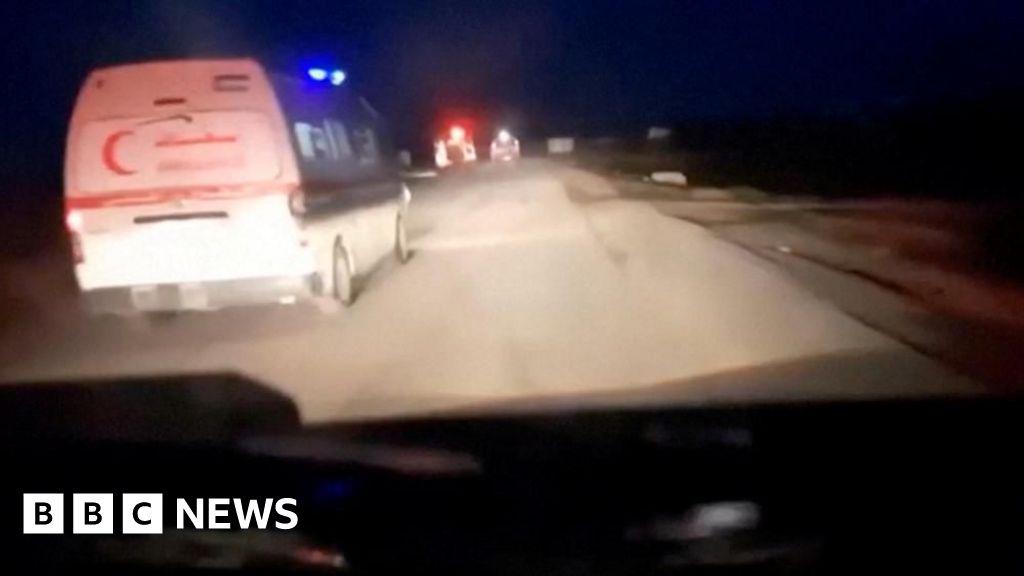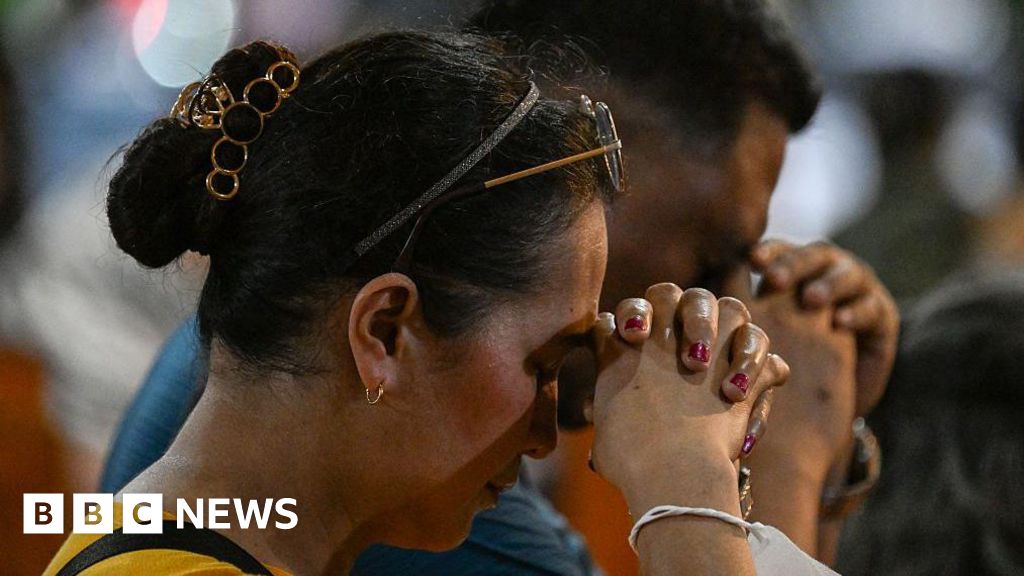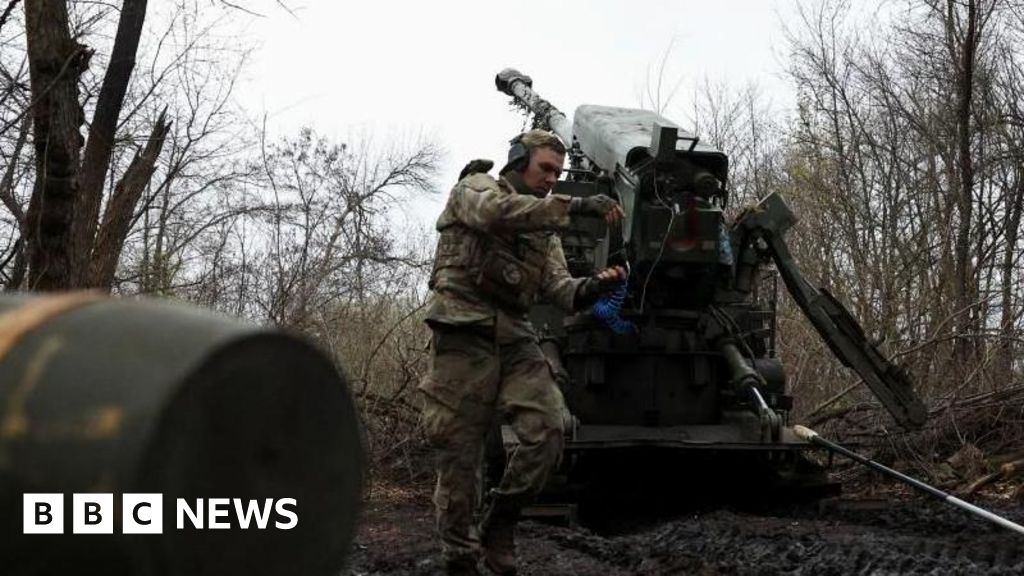Meteor showers happen when dust from a passing comet or asteroid passes through the Earth’s atmosphere. The tiny particles – roughly the size of a grain of sand – vaporise creating visible streaks of light.
As the Earth passes through the densest part of the dust stream more meteors are visible. For the Lyrids a maximum of around 18 meteors an hour are likely.
In some years, however, this can intensify and there can be 100 meteors every hour, but it is very difficult to know when this will happen.
Observations of the Lyrids date back around 2,700 years meaning it is one of the oldest-known meteor showers.
The fireballs are created by debris from Comet Thatcher, which takes more than 400 years to orbit the Sun and was discovered in 1861 by A. E. Thatcher.
They are named after the constellation Lyra and the radiant position, which is where the meteors appear to emanate from, is south-west of the star Vega.
















Leave a Reply